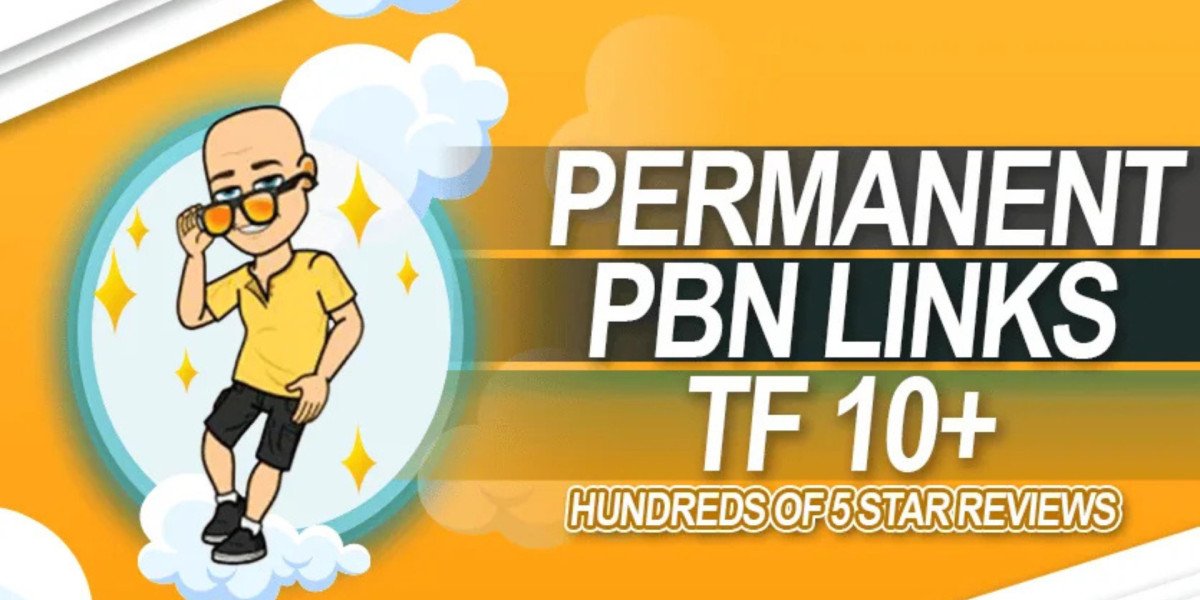Private Blog Networks, commonly referred to as PBNs, are a controversial yet widely discussed strategy in the field of search engine optimization (SEO). Essentially, a PBN is a network of websites created with the primary purpose of building backlinks to a single main website to improve its search engine rankings. While the concept might sound straightforward, the execution and implications are far more complex.
How Private Blog Networks Work
At its core, a PBN operates by leveraging multiple websites—often expired domains with existing authority—to pass on link equity to a target website. The process typically involves:
Acquiring Domains: The first step involves finding expired domains with strong domain authority, backlinks, and a clean history. Tools like Ahrefs, SEMrush, or DomCop are often used for this purpose.
Setting Up Websites: Once domains are acquired, websites are created on them, usually with content relevant to the niche of the main site.
Linking to the Main Site: These PBN websites then link back to the main site, transferring the authority and boosting its ranking potential on search engines.
Advantages of Using PBNs
Despite the risks, PBNs can provide several advantages for those willing to invest the time and effort:
Faster SEO Results: By directly controlling link-building, webmasters can achieve quicker improvements in search engine rankings compared to organic link-building strategies.
Control Over Anchor Text: PBNs allow precise control over anchor texts, which is critical for targeting specific keywords.
Leverage Expired Domains: Expired domains often come with pre-existing backlinks and authority, providing an immediate boost to the main website.
Risks and Challenges
The use of PBNs comes with significant risks, primarily due to search engines like Google actively penalizing manipulative link-building practices. Common risks include:
De-indexing: Google can remove PBN sites from its index if they are detected, rendering the backlinks useless.
Manual Penalties: If the main site is linked to a PBN, it may face penalties, causing a drop in rankings.
High Maintenance Costs: Maintaining multiple websites, purchasing domains, hosting, and creating content requires time, effort, and financial investment.
Best Practices for PBN Management
For those who still choose to experiment with PBNs, certain best practices can minimize risks:
Diversify Hosting and IPs: Avoid using the same hosting provider or IP address for all PBN sites to reduce footprints.
High-Quality Content: Ensure each PBN site has unique, valuable content to avoid detection.
Regular Updates: Keep sites active and updated, mimicking natural website activity.
Limit Links Per Site: Do not overload a single PBN site with excessive outbound links, as this is a common signal for spam detection.
Ethical Considerations and Alternatives
While Private blog network can be effective, they are considered a black-hat SEO tactic. Ethical alternatives include:
Guest Posting: Publishing content on authoritative sites in exchange for backlinks.
Content Marketing: Creating valuable content that naturally attracts backlinks.
Influencer Collaborations: Partnering with influencers to generate authentic links.






